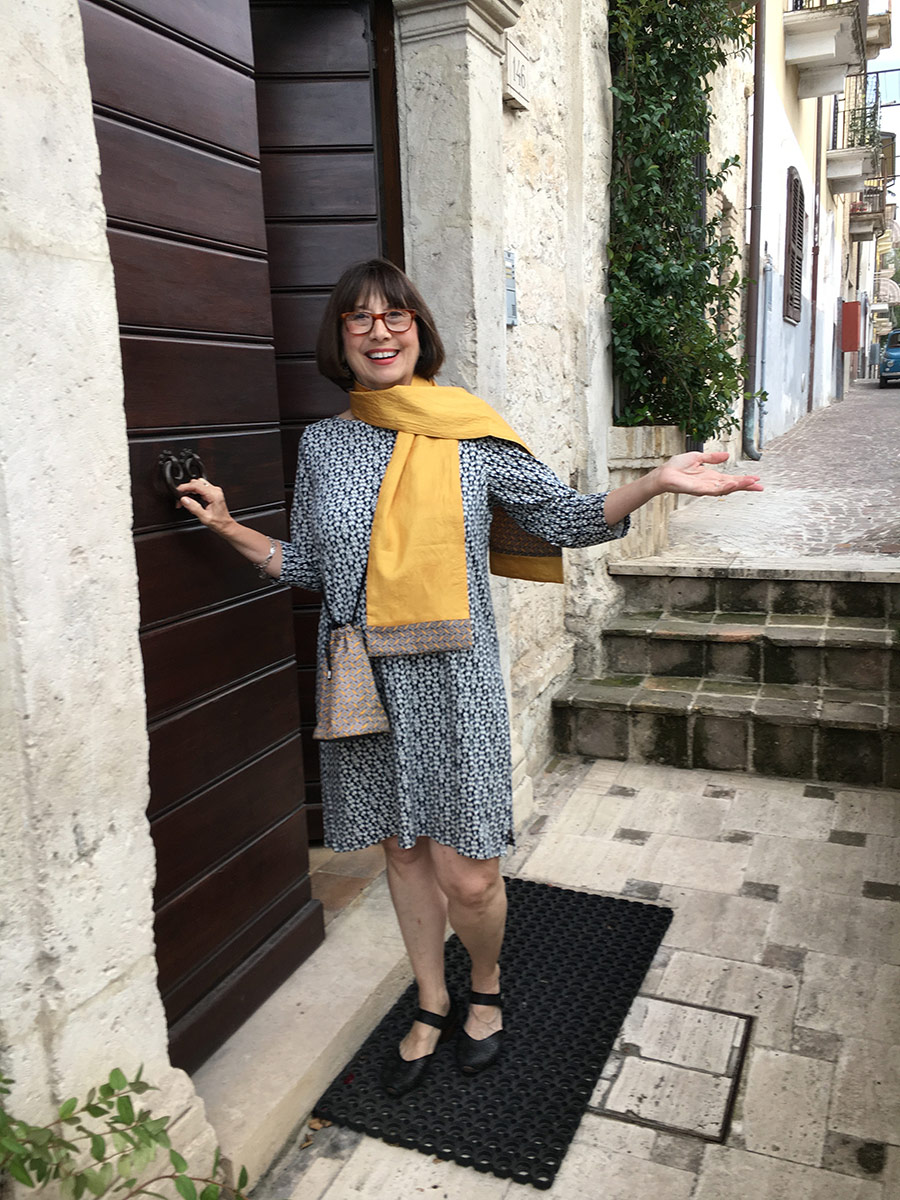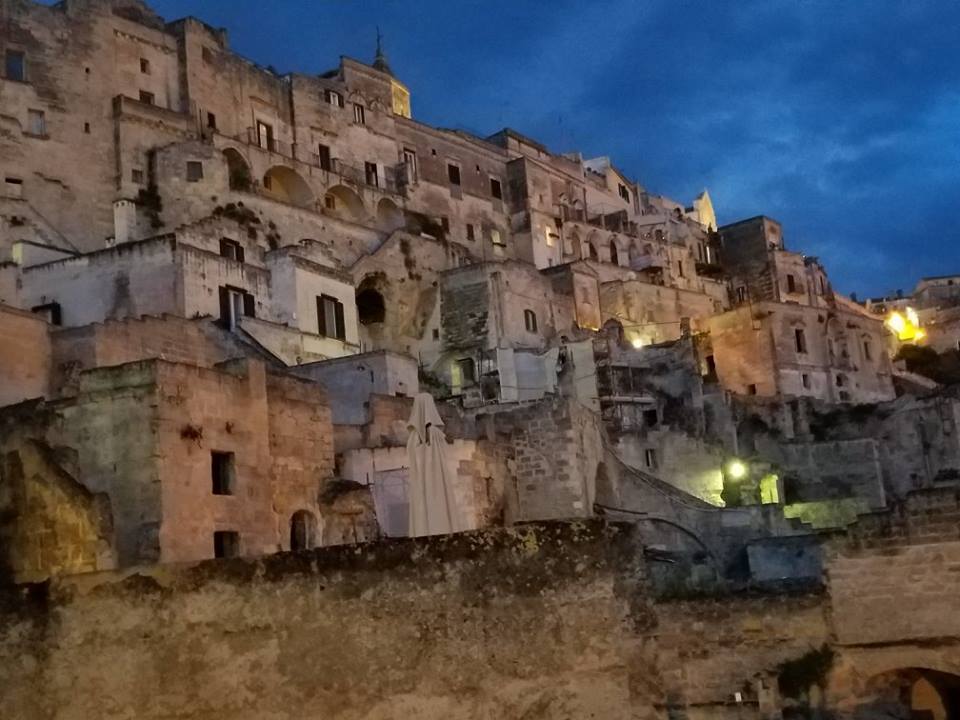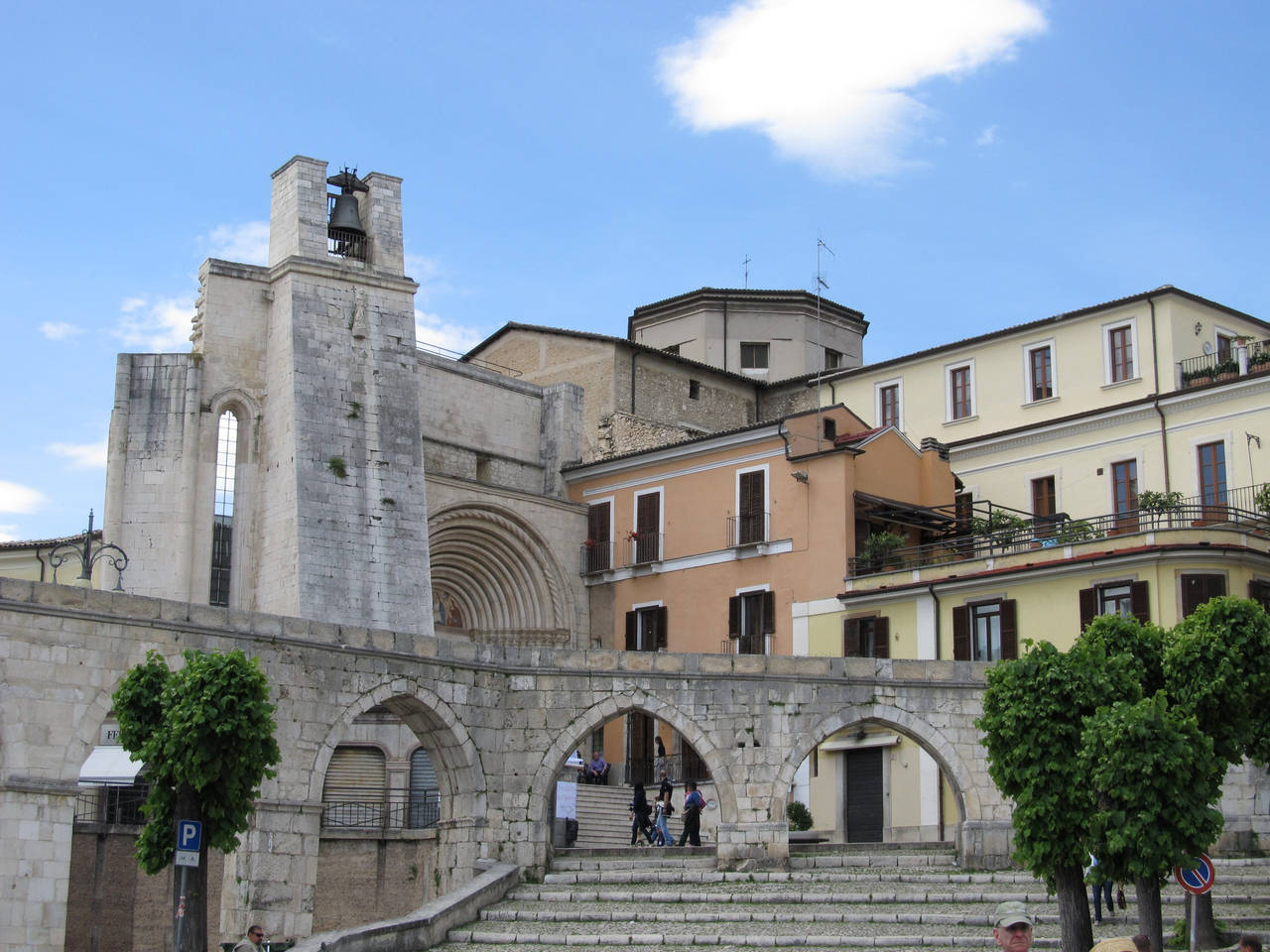Happiness can be found even in the darkest of times, when one only remembers to turn on the light.
— Professor Albus Dumbledore

At the gates of Hogwarts

At the gates of Hogwarts
I am a muggle in love. Since the first Harry Potter book landed on our shores in 1999, I have been hopelessly in love with the world of Hogwarts and the boy who lived. My friend Barbara shares my passion. Over the years, she and I have managed to seamlessly introduce Potterisms into our speech. We long to travel by Floo Powder; there have been times, we agree, when a Marauder’s Map could have come in handy; Time Turners and Invisibility Cloaks would, of course, be indispensable. And if we could ever find Track 9 3/4, we would hurl ourselves through the brick station wall with awkward grace and unbridled enthusiasm. Alas, it is not to be.
When the series came to an end in 2011 with the release of Harry Potter and the Deathly Hallows — Part 2, we were nearly inconsolable: all in all satisfied with the ending, but heartbroken by the sacrifices made by so many of our favorite characters in the final battles against He-Who-Shall-Not-Be-Named. Will we ever see the likes of Albus Dumbledore again? Remus Lupin and Nymphadora Tonks? Fred Weasley? Sirius Black? Or, my absolute favorite, the enigmatic Severus Snape? Sigh. I live with these people almost every day in my drab non-magical muggle existence. I admit it freely. Please don’t think any less of me. I do not recall spending my childhood in a closet under the stairs, but I may have . . .
Imagine my thrill, then, to learn that in March 2012, the Warner Brothers Studio Tour was opening just north of

Browsing on Diagon Alley
London. “The Making of Harry Potter” was being installed at the actual studios where the movies were shot. Armed with my press card and an assignment from The Richmond Times-Dispatch, I ventured across the pond with Tim for a peek.
“The Making of Harry Potter” is a remarkable walking tour that takes visitors behind the scenes of the most successful film series of all time. The former Leavesden Aerodrome, a local airfield and factory that produced fighter planes for the Ministry of Defence during WWII and in later years was a production center for Rolls-Royce aircraft engines, was completely transformed in 1994. Old hangars became soundstages for filming and workshops for constructing sets and props. The airfield’s runway and grassy fields were turned into a fully functioning back lot. And six years later, in 2000, a carefully assembled production team chose Leavesden as the location for a new film about a boy wizard, and the making of Harry Potter and the Philosopher’s Stone (. . . Sorcerer’s Stone, in the U.S.) was underway.
For a period of ten years, hundreds of talented men and women came to call Leavesden home, bringing to life over the course of eight films the magical world of the boy who lived and the battles between good and evil, the consequences of action versus doing nothing and, ultimately, of the power of love.

Prof. Snape in the Potions Workshop
The tour marks the first time that fans get the chance to step into the actual sets of the movies that have meant so much to them. Everything on display was actually used in the movies — these are not reproductions — from costumes and wigs to tables and cauldrons, from the Horcruxes to Harry’s Nimbus 2000 to the Weasley’s flying Ford Anglia.
Production Designer Stuart Craig has said, “The designer’s job is to provide a place that tells the story.” And Craig has done that and more. For the first movie (no one knew for certain there would be more than one), Craig insisted on making every aspect of every set as realistic as possible, in order to elicit the most honest reactions from the film’s very young stars. So the furniture in the Gryffindor Lounge is real, the glass beakers and Bunsen burners in the potions classroom are real, all the tables and chairs are real — aged with axes and chains.
After ten years of shooting, there were five giant warehouses filled with thousands of items either made specifically for the films or purchased from a variety of specialty shops, including 12,000 handmade books and 40,000 Weasley’s Wizard Wheezes products and packages. More than 16,000 boxed wands reside in Ollivander’s Wand Shop, each box labeled by hand with the names of everyone who participated in the making of the films. Alan Rickman, Helena Bonham-Carter, Richard Harris, Michael Gambon, Maggie Smith, Gary Oldman . . . they’re all there.
The Warner Bros. Studio Tour London is a wonder for Harry Potter fans of all ages. After an introductory talk from our

Dumbledore’s Office
young blue-haired guide (I pegged her as a Ravenclaw) and a short movie to set the stage, Tim and I wandered through the Great Hall, the setting for Hogwarts’ abundant feasts, marveling at the costumes of each house and reliving Dumbledore’s annual welcome to the classes. We got up close to some of the most iconic sets from the movies, including the Leaky Cauldron, Dumbledore’s office, Diagon Alley, Hagrid’s Hut, the kitten-plated wall of the evil Dolores Umbridge, the macabre Ministry of Magic hallways and the magical Weasley kitchen.
For more than three hours, we toured sound stages “J” and “K” (get it?) and then retreated to the back lot for some refreshments — including a glass of Butterbeer — and a walk past the Knight Bus, the Dursley’s No. 4 Privet Drive, the Hogwarts Bridge and the old Potter home in Godrick Hollow.

The Griffyndorr Common Room
Back into the tour, we saw how some of the “creatures” (Dobbie, the Goblins, Grawp and Buckbeak, among them) were brought to life. Several rooms are given over to the elaborate models and architectural plans for the halls, shops, rooms and the castle itself. And that leads to the finale. When Tim and I turned the corner into the last room, the one that held the achingly intricate model of the Hogwarts School of Witchcraft and Wizardry, I actually cried. Not kidding here. Tears came to my eyes. Lights on in the windows; owls in the owlry; torches and trees along the paths and on the grounds. It stands more than fifty feet in diameter, and I wanted to walk right in, don a gown and take my chances, battling evil forces and loneliness and unknown terrors around each corner and, wait . . . I already do those things every day. I’m a freelance writer!
Anyway, you should go. Here’s how.

Hogwarts School of Witchcraft and Wizardry
GETTING TO HOGWARTS
Located just 20 miles northwest of central London, the Warner Brothers Studio Tour is easily accessible by either car or rail. It is less than three miles’ drive from the M1 and M25 motorways, and fast trains travel direct from London’s Euston Station to Watford Junction, where passengers are picked up by a free shuttle bus that takes them directly to the attraction.
Tickets are not available at the studio and must be purchased online in advance. Tickets are priced at £29 for adults, £21.50 for children aged 5 – 15 and £85 for a family of four. For more information, and to pre-book your tickets, visit www.wbstudiotour.co.uk.
Buon viaggio!

Linda Dini Jenkins is a card-carrying Italophile, travel planner, freelance writer, and amateur photographer. Travel is her passion, so writing about her travels just comes naturally. She hopes all her travelers find a way to express their joys, surprises, and fears as they travel and gives every traveler a nifty journal to help smooth the way. Learn more…


